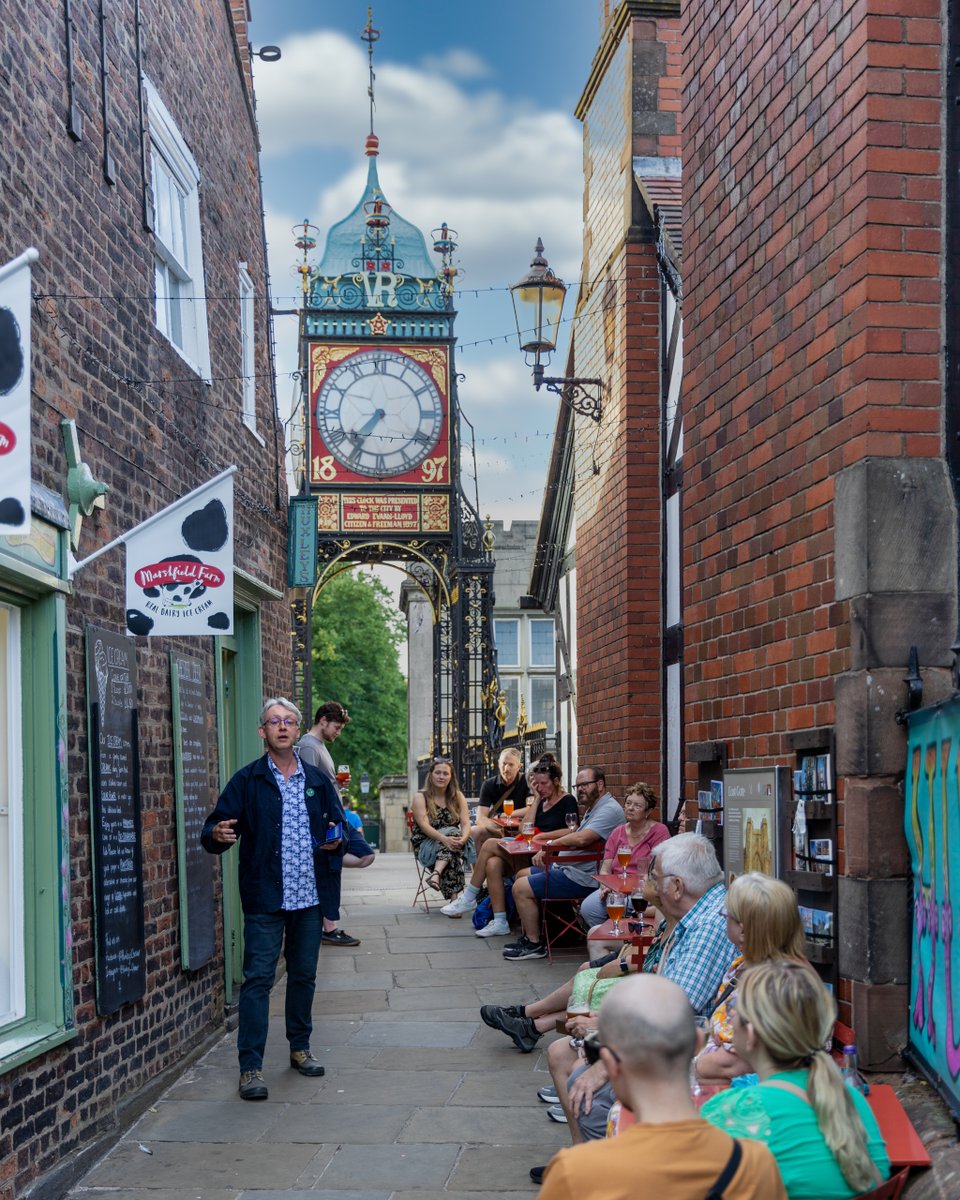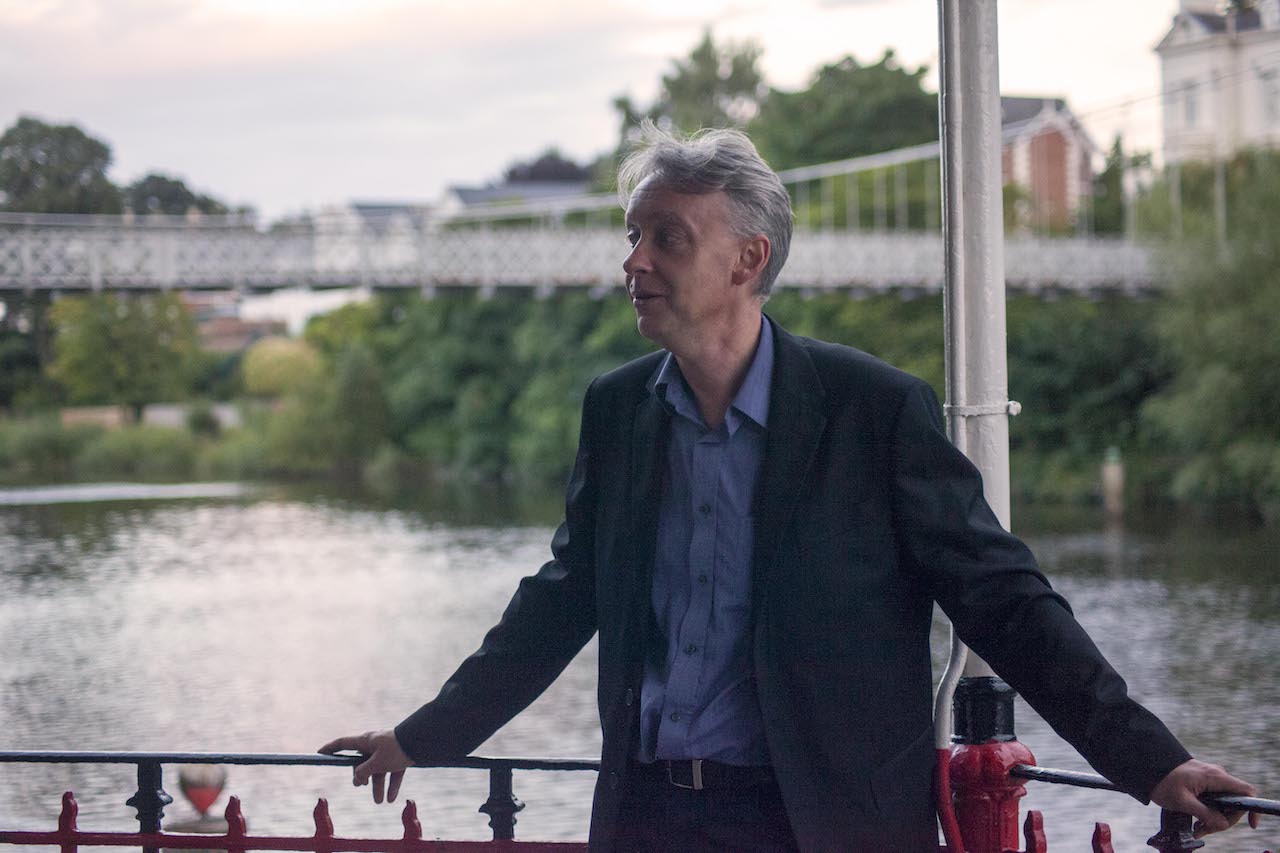 Dark Chester tour [pictured above] shines a flickering candlelight into the darkest corners of Chester’s dark-tourism heritage.
Dark Chester tour [pictured above] shines a flickering candlelight into the darkest corners of Chester’s dark-tourism heritage.
You may have already seen us walking around Chester, or previously joined us for a walk through the mists of dark history.
But now it’s time to explore the city afresh. And, what’s more, we’re going even darker.
For Halloween this year, we’ll be leading the darkest ever Dark Chester walking tour, bringing a frisson of Gothic noir to your October half term.
Expect new spooky stories, frightening folk tales and new perspectives as the darkness of the winter months engulfs us.
Plus, join us for an exclusive event on Thursday, October 26.
Dark Chester presents: Dark Dinner
We will lead a 90-minute Dark Chester tour, departing from Town Hall Square at 6pm. Then we finish our walk on Lower Bridge Street for a two-course menu served at King’s Kitchen restaurant at The Brewery Tap [pictured below] from 7.30pm.
Expect good food, craft ales and, over dinner, some spine-chilling ghost stories recounted by the tourist guide in a gloriously atmospheric setting.
Tickets cost £45pp and are available now via the Visitor Information Centre in Chester, or by calling 01244 405340. The tour is suitable for ages 10+.
Join us this Halloween and let’s take a walk on the darkest side ever.
Follow @darkchestertour on Instagram
More information from The Brewery Tap.
Liked this? Then read Dark Chester runs special spooky tours for the Chester Heritage Festival.
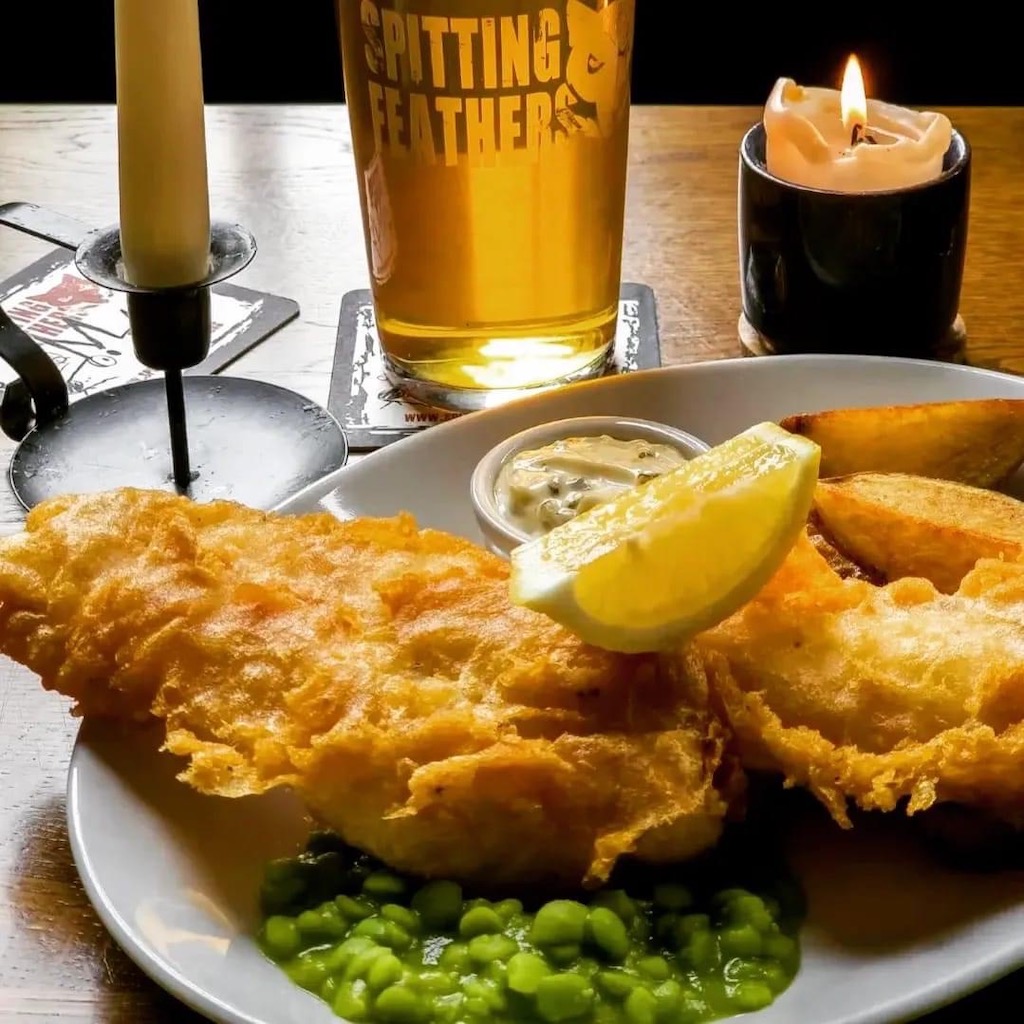
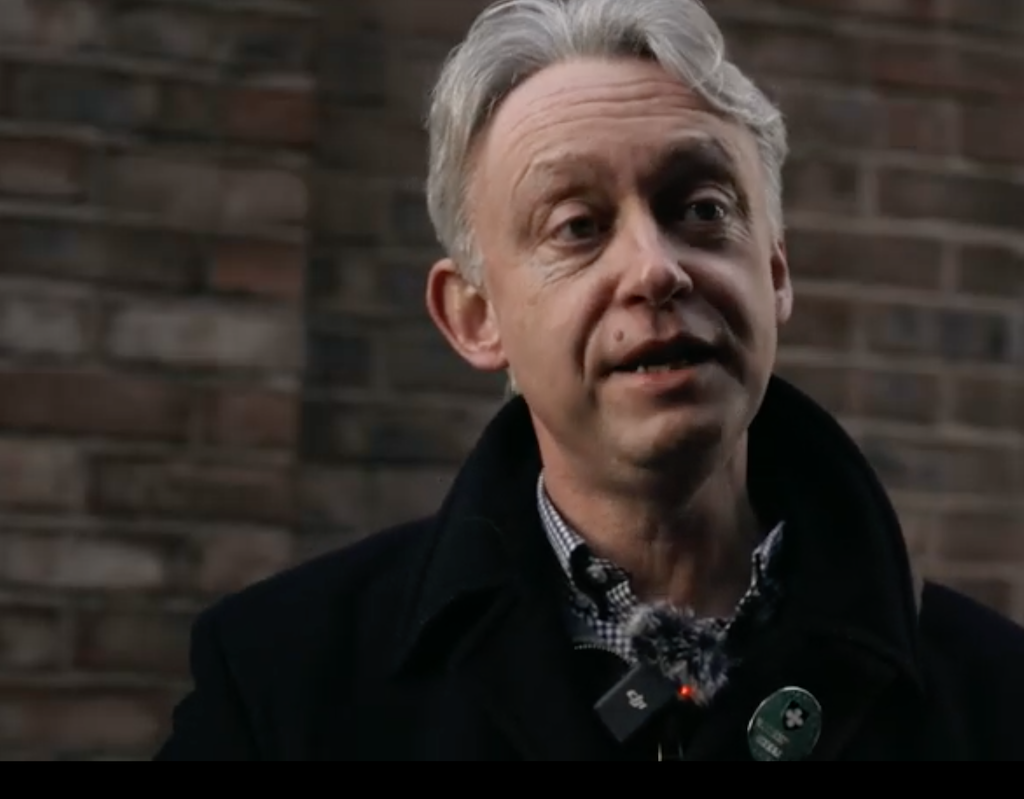
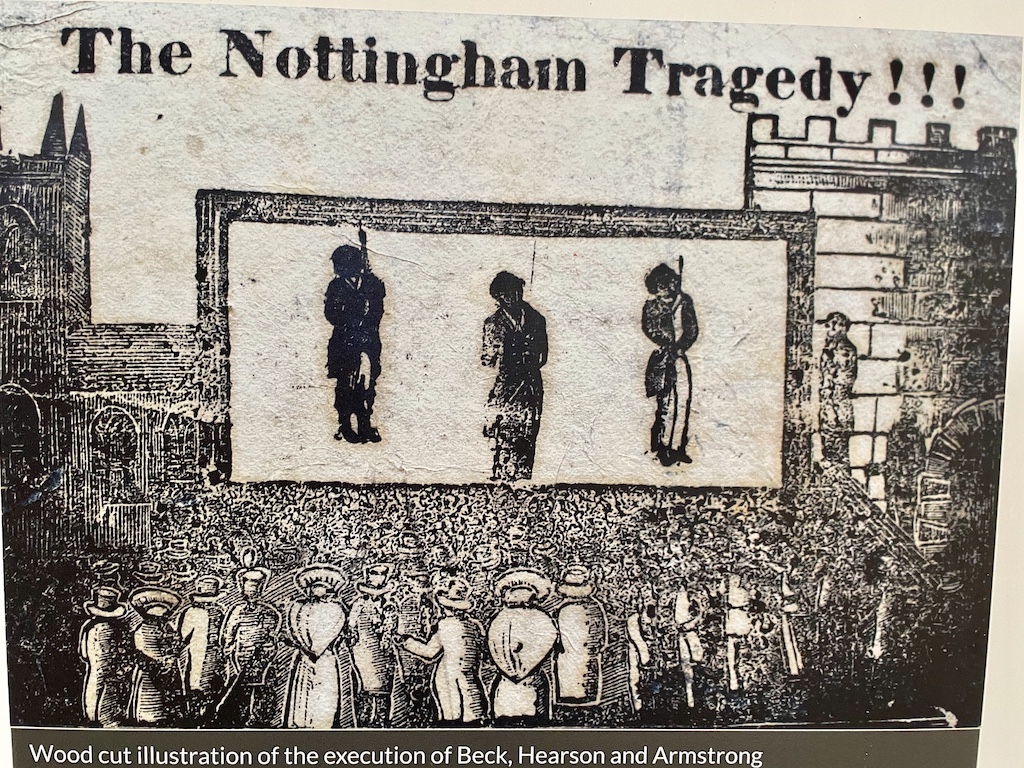 Nottingham is home to some of Britain’s most haunted buildings.
Nottingham is home to some of Britain’s most haunted buildings. Dark Chester tour [pictured above] shines a flickering candlelight into the darkest corners of Chester’s dark-tourism heritage.
Dark Chester tour [pictured above] shines a flickering candlelight into the darkest corners of Chester’s dark-tourism heritage.
